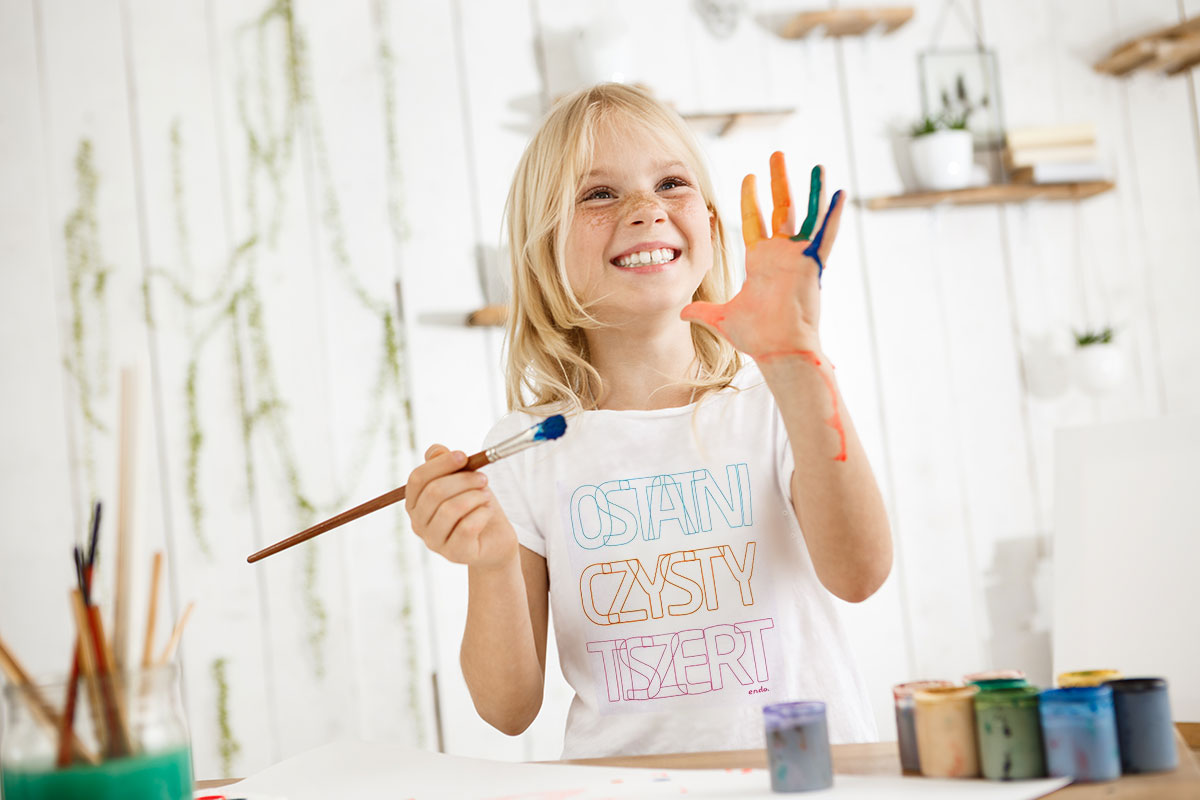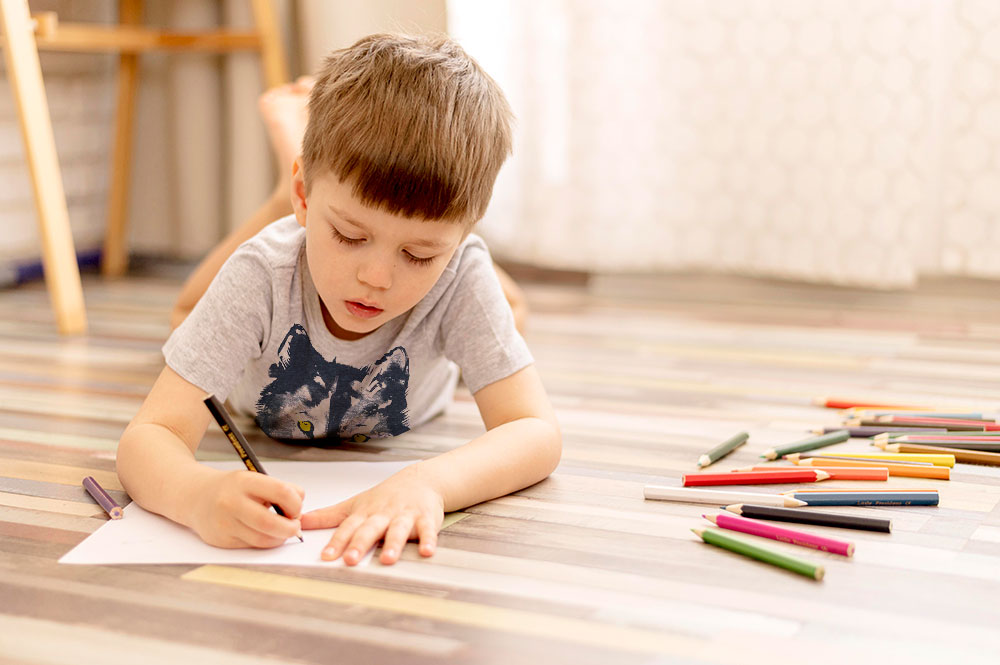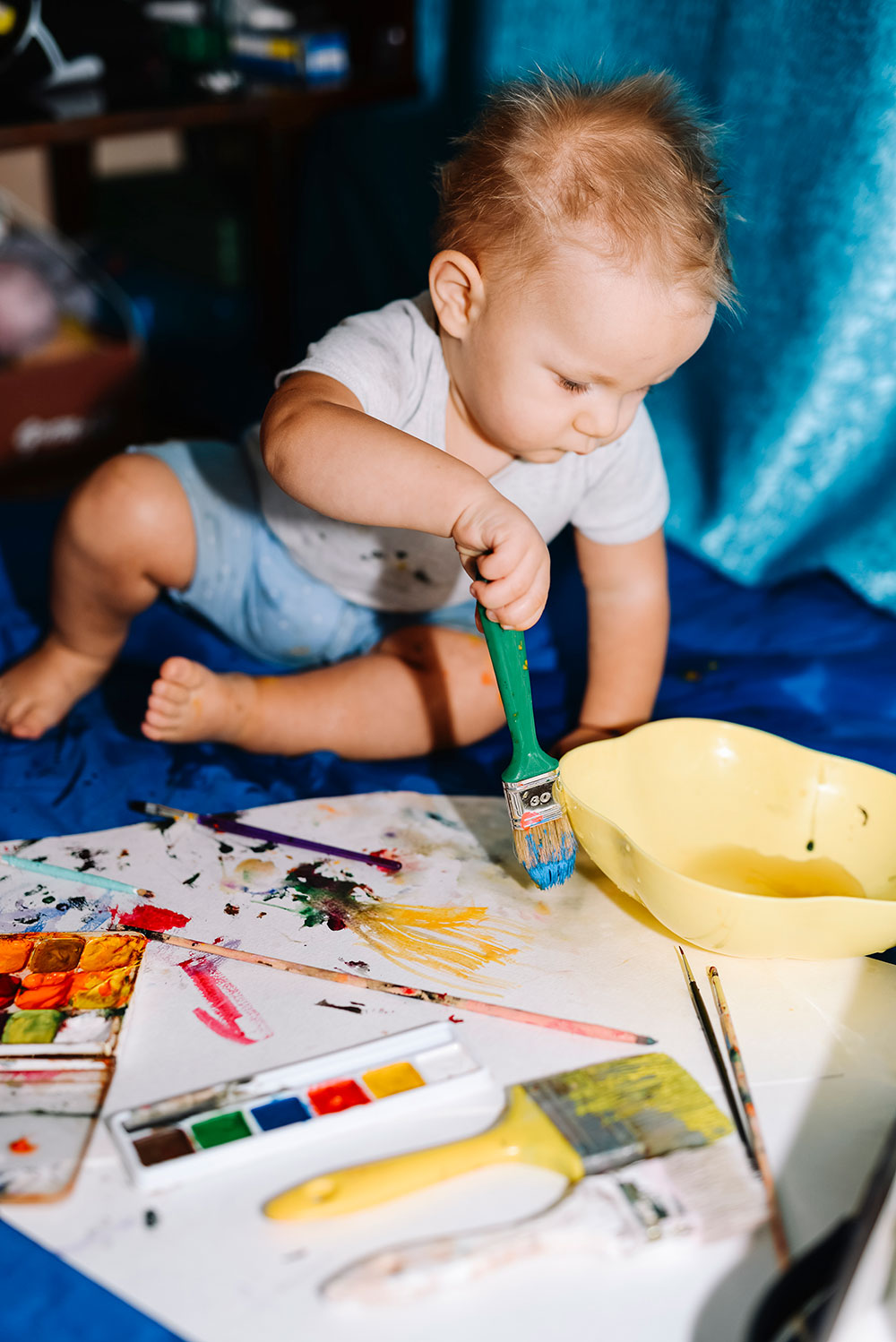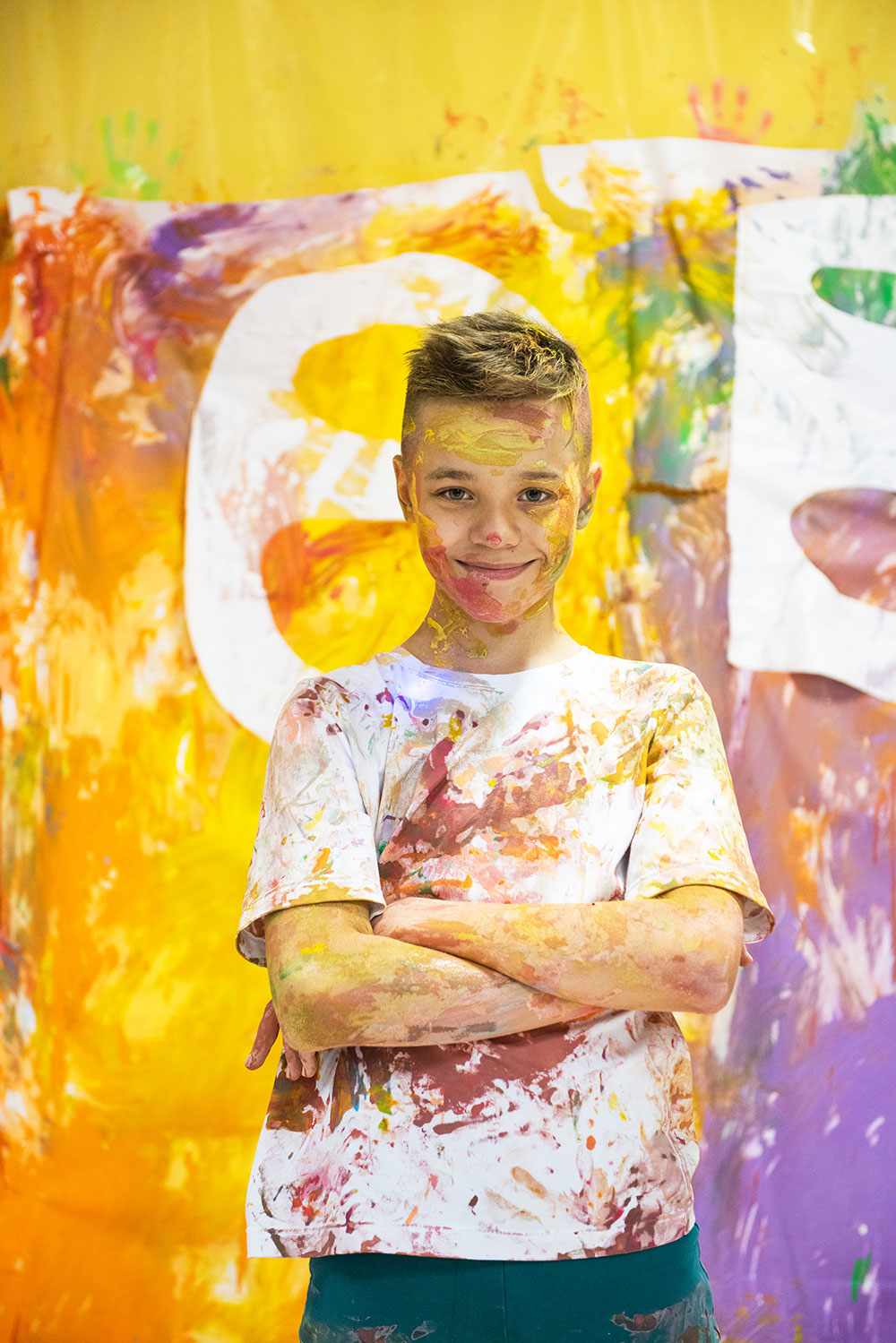
Art therapy for children and adults is a practice based on two coordinated elements. It combines art and the healing process, and its goal is to support human development and coping with adversity. The British Association of Art Therapists recognizes its field as a form of psychotherapy that uses various artistic media for communication. What are the applications of art therapy in working with children? Is it worth enrolling your child in such classes?
Art therapy for children as a way of communication
Despite growing awareness of psychotherapy as a tool for broadly defined self-improvement, many people still wonder who these activities are intended for. Anyone can benefit from art therapy, regardless of age or health. Art therapy methods are primarily a way to find a new form of communication that facilitates the expression of thoughts and feelings.

This is due to the unique relationship that participants develop during the creative process, not only with the instructor but also with their own work of art. Furthermore, art therapy for children provides creative training and a fun way to spend quality time. During classes, children receive a supportive and accepting environment in which they have the opportunity to overcome their problems through artistic expression. It's also a way to calm down and cleanse themselves of negative emotions, allowing them to experience a sense of inner lightness.
The impact of art therapy on children's development
The recognition of artistic creativity as a therapeutic activity is nothing new. The beneficial effects of art on people have been known for centuries. Research shows that engaging in creativity can lead to changes in the behavior, feelings, and thinking of art therapy participants. Importantly, the goals of the classes align with those of pedagogy, making this form of activity well-suited for the youngest participants.

Art therapy for children is intended to ensure comprehensive development, improve the quality of life, shape positive self-esteem and teach relationships with the environment.
Its effects include :
- ability to cope with emotions;
- resistance to failure;
- optimistic approach to problems;
- overcoming shyness;
- faith in one's own abilities.
Art therapy as a way to positively strengthen a child
The aforementioned goals can be achieved thanks to the comfortable and safe atmosphere of the sessions. Art therapists support children in reading and understanding emotions—not only their own but also those of others . Creative training facilitates processing trauma and helps resolve behavioral issues. Such processes must be conducted in collaboration with parents, whose responsibility is to surround the child with an aura of care and understanding.
One of the indirect, less obvious steps to supporting your child during therapy is to provide them with freedom of movement during sessions. Art therapy takes many forms, but it often involves the risk of getting dirty or sweaty, so it's important to dress your child in high-quality clothing. Endo children's shirts are made of 100% natural cotton, which allows for unrestricted movement and is resistant to high temperatures. This means the shirts won't wear out in the wash, allowing your child to fully participate in the sessions.

Art therapy for children is not just about painting
Art therapy methods for children are diverse, so you can easily tailor the type of sessions to your child's interests. The first association with such activities is usually art—not just painting, but also sculpting or modeling. Fortunately, art is a broad field and offers many more opportunities to utilize the creative process in therapy and pedagogy.
Music therapy, in which paints and canvas are replaced by instruments, various sounds, and even one's own voice, is also popular. Music is also used in choreotherapy, especially recommended for active children. Movement games and dance are a good way for them to release energy and express themselves. Less obvious art therapy activities for children include drama therapy and bibliotherapy. These involve role-playing and expression exercises, as well as reading and then creating their own literary works.
Why is it worth enrolling your child in art therapy?
The beneficial effects of art therapy for children stem from the roles this type of psychotherapy plays. These include its recreational function, which involves creating favorable conditions for rest and regeneration, which are essential for coping with life's challenges. Creating art evokes positive emotions and improves well-being, and also facilitates the resolution of internal conflicts. Art therapy also serves to transform harmful behaviors and thought patterns to one's advantage. It's also important to remember its educational function, providing participants with the tools they need to reflect on their own goals.


Podziel się:
White noise for babies, or how to help your child fall asleep?
Yarn Bunny - A Simple DIY Easter Project for Kids